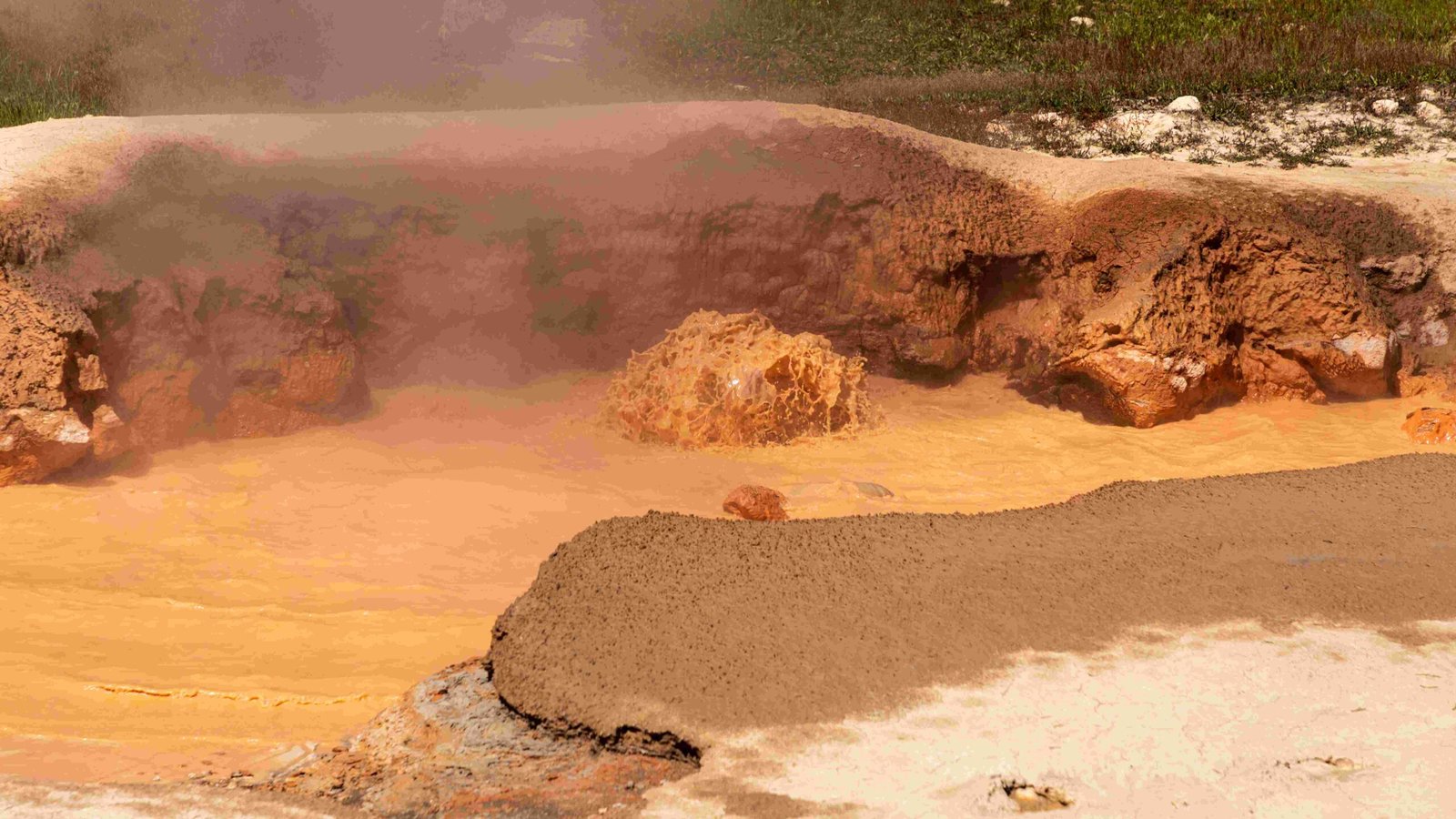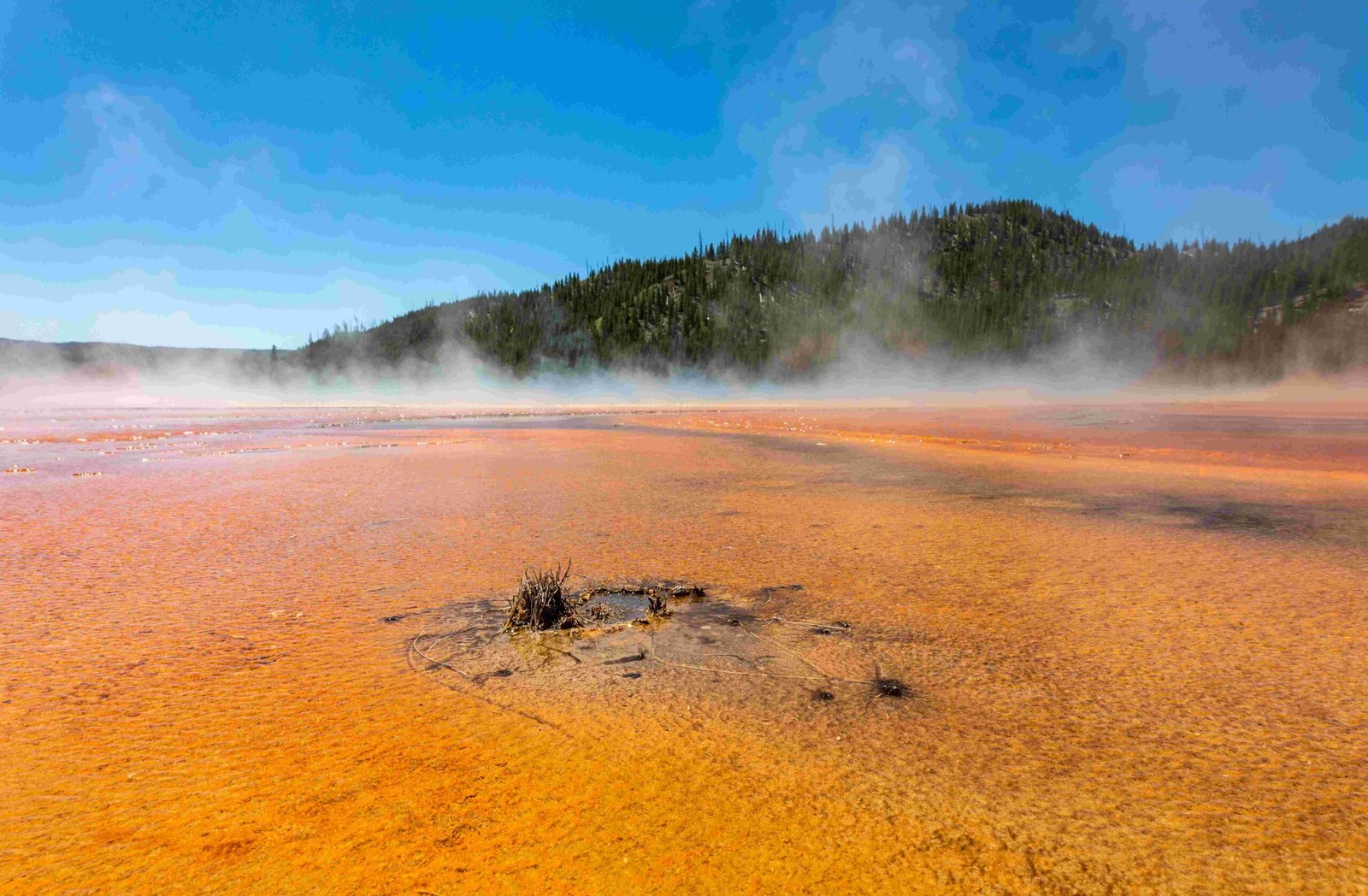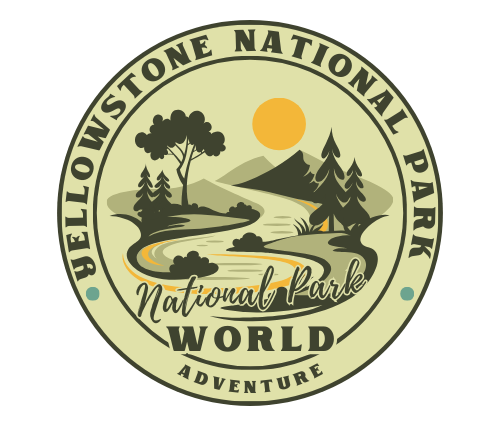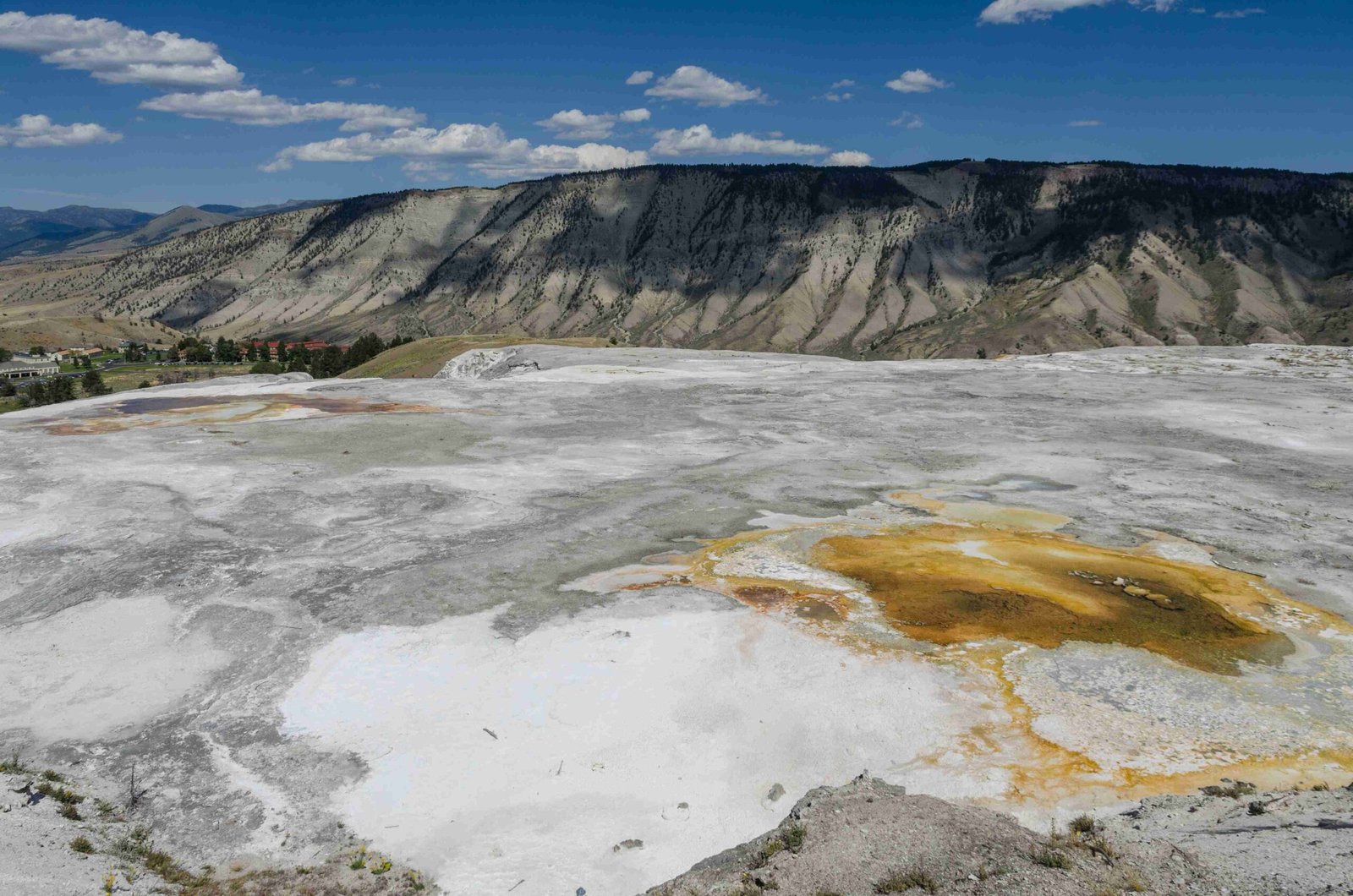The Nez Perce Trail in Yellowstone National Park is a significant segment of the larger Nez Perce National Historic Trail. It marks the route taken by approximately 800 Nez Perce people during their flight from the U.S. Army in 1877. This 13-day journey through Yellowstone encompasses a rich history, diverse wildlife, and stunning landscapes, offering visitors a unique blend of cultural heritage and natural beauty.
What is the Historical Significance of the Nez Perce Trail in Yellowstone?

The Nez Perce Trail through Yellowstone National Park holds immense historical importance. In the summer of 1877, a band of Nez Perce, including men, women, and children, along with nearly 2,000 horses, fled their homeland in present-day Oregon and Idaho. This exodus was a result of increasing pressure from settlers and the U.S. government’s efforts to confine them to a reservation.
Key events during their passage through Yellowstone include:
- Entry into the park on August 23, 1877, near the Madison River
- Encounters with about 25 tourists, some of whom were taken hostage or attacked
- Following a familiar but challenging route through the park to evade U.S. Army pursuers
- Exiting the park via Crandall Creek before their final confrontation near the Bear’s Paw Mountains in Montana
This trail is not just a physical path but a testament to the resilience and struggle of the Nez Perce people. It serves as a poignant reminder of the complex relationships between Native American tribes and the U.S. government during the 19th century.
How Can Visitors Experience the Nez Perce Trail in Yellowstone Today?

While the entire Nez Perce Trail through Yellowstone is not typically hiked due to its historical nature and the presence of modern roads, visitors can still experience significant portions of the route. Here are some ways to explore the trail:
- Auto Tours:
- Follow designated routes on all-weather roads
-
Visit key sites such as Nez Perce Creek, Otter Creek, and Indian Pond
-
Hiking Trails:
- Explore areas traversed by the Nez Perce, such as Pelican Valley and Hoodoo Basin
-
Experience the challenging terrain of the Absaroka Mountains
-
Notable Landmarks:
- Nez Perce Ford
- Pelican Valley
- Hoodoo Basin
- Absaroka Mountains
It’s important to note that while there are no specific hiking trails that exactly replicate the Nez Perce route, the areas mentioned above offer visitors a chance to walk in the footsteps of history.
What Wildlife Can Be Seen Along the Nez Perce Trail?
The Nez Perce Trail passes through some of Yellowstone’s most wildlife-rich areas. Visitors can expect to encounter a diverse range of species, including:
- Elk
- Bison
- Grizzly bears
- Wolves
- Various bird species
The best times for wildlife sightings are typically:
| Time of Day | Season |
|---|---|
| Early morning | Spring |
| Late evening | Fall |
The Pelican Valley and Hoodoo Basin areas are particularly known for their wildlife, especially grizzly bears and wolves. The diverse habitats along the trail, ranging from alpine tundra to forested areas, support a wide variety of wildlife. The presence of rivers and streams, such as the Yellowstone River, further enhances wildlife observation opportunities.
What Essential Information Should Visitors Know Before Exploring the Nez Perce Trail?
Before embarking on your journey along the Nez Perce Trail in Yellowstone, consider the following essential information:
Amenities
- Parking:
- Available at various trailheads and visitor centers
-
Key locations include West Yellowstone, Gardiner, and Cooke City
-
Restroom Facilities:
-
Found at visitor centers, trailheads, and larger parking areas along auto tour routes
-
Accessibility:
- Auto tour routes are generally accessible by all vehicle types
- Some side trips may not be suitable for larger vehicles like RVs
Safety Guidelines
- Wildlife Safety:
- Maintain a safe distance from all wildlife
-
Follow park guidelines for bear and bison safety
-
Terrain Awareness:
- Be prepared for challenging terrain, especially in the Absaroka Mountains
- Expect steep inclines and rough trails if hiking in these areas
Seasonal Events and Programs
- Guided Tours:
- The Nez Perce Trail Foundation offers educational tours
- Tours include driving, hiking, and camping along the trail
-
Visit significant sites such as the Wallowa Valley and Big Hole Battlefield
-
Cultural Ceremonies:
- Nez Perce people continue to honor their ancestors through ceremonies in the park
- Visitors may have opportunities to observe or participate in these events, typically scheduled during summer months
How Does the Nez Perce Trail Contribute to Yellowstone’s Cultural Landscape?
The Nez Perce Trail is more than just a historical route; it’s an integral part of Yellowstone’s cultural tapestry. Here’s how it contributes to the park’s rich cultural landscape:
- Indigenous Heritage:
- Highlights the long-standing connection between Native American tribes and Yellowstone
-
Showcases the park’s significance beyond its natural wonders
-
Educational Value:
- Provides visitors with insights into 19th-century Native American history
-
Offers opportunities to learn about the Nez Perce culture and their relationship with the land
-
Preservation of History:
- The trail’s inclusion in the park helps preserve this important chapter of American history
-
Encourages ongoing research and interpretation of historical events
-
Cultural Continuity:
- Nez Perce descendants continue to visit and conduct ceremonies in the park
-
Maintains a living connection between past and present
-
Part of a Larger Network:
- The trail in Yellowstone is part of the broader Nez Perce National Historical Park
- Connects to 38 sites across four states, emphasizing the far-reaching impact of the Nez Perce story
By preserving and interpreting the Nez Perce Trail, Yellowstone National Park plays a crucial role in maintaining a comprehensive narrative of American history, one that includes the often-overlooked stories of Native American peoples.
What Challenges Face the Preservation of the Nez Perce Trail in Yellowstone?
Preserving the Nez Perce Trail within Yellowstone National Park presents several unique challenges:
- Balancing Preservation and Access:
- Maintaining the trail’s historical integrity while allowing visitor access
-
Preventing overuse and degradation of sensitive areas
-
Environmental Concerns:
- Climate change impacts on the landscape and wildlife habitats
-
Potential erosion and wear on trail sections
-
Interpretation Challenges:
- Accurately representing the complex history of the Nez Perce flight
-
Addressing potentially conflicting narratives and perspectives
-
Funding and Resources:
- Securing adequate funding for trail maintenance and interpretive programs
-
Allocating resources for ongoing research and preservation efforts
-
Coordination with Stakeholders:
- Collaborating with Nez Perce tribal representatives
-
Aligning preservation efforts with overall park management goals
-
Modern Development:
- Mitigating the impact of nearby development on the trail’s historical character
- Managing the intersection of historical sites with modern infrastructure
Addressing these challenges requires ongoing cooperation between park authorities, Native American representatives, historians, and conservation experts to ensure the Nez Perce Trail remains a valuable and respectful testament to this significant chapter in American history.
How Can Visitors Respectfully Engage with the Nez Perce Trail’s History?
Engaging respectfully with the Nez Perce Trail’s history is crucial for preserving its significance and honoring the Nez Perce people. Here are some guidelines for visitors:
- Educate Yourself:
- Read about the Nez Perce War and the events of 1877 before your visit
-
Attend ranger-led programs or guided tours to gain deeper insights
-
Practice Leave No Trace:
- Stay on designated trails and roads
-
Do not remove any artifacts or natural objects
-
Respect Sacred Sites:
- Be aware that some areas may hold spiritual significance for the Nez Perce
-
Observe quietly and do not disturb any offerings or ceremonial sites
-
Support Preservation Efforts:
- Consider donating to organizations that support the trail’s preservation
-
Participate in volunteer programs if available
-
Engage with Interpretive Materials:
- Take time to read informational signs and exhibits
-
Visit the park’s museums and cultural centers
-
Be Mindful of Photography:
- Respect any restrictions on photography, especially at culturally sensitive sites
-
Ask permission before photographing Native American individuals or ceremonies
-
Participate in Cultural Events Respectfully:
- If invited to observe or participate in Nez Perce ceremonies, follow all guidelines provided
- Be an attentive and respectful observer
By approaching the Nez Perce Trail with respect and a willingness to learn, visitors can contribute to the preservation of this important historical and cultural resource while gaining a deeper understanding of Native American history and its ongoing relevance.
References:
1. https://www.nps.gov/yell/learn/historyculture/flightnezperce.htm
2. https://www.fs.usda.gov/Internet/FSE_DOCUMENTS/stelprd3823849.pdf
3. https://www.nps.gov/places/000/nez-perce-national-historic-trail.htm

